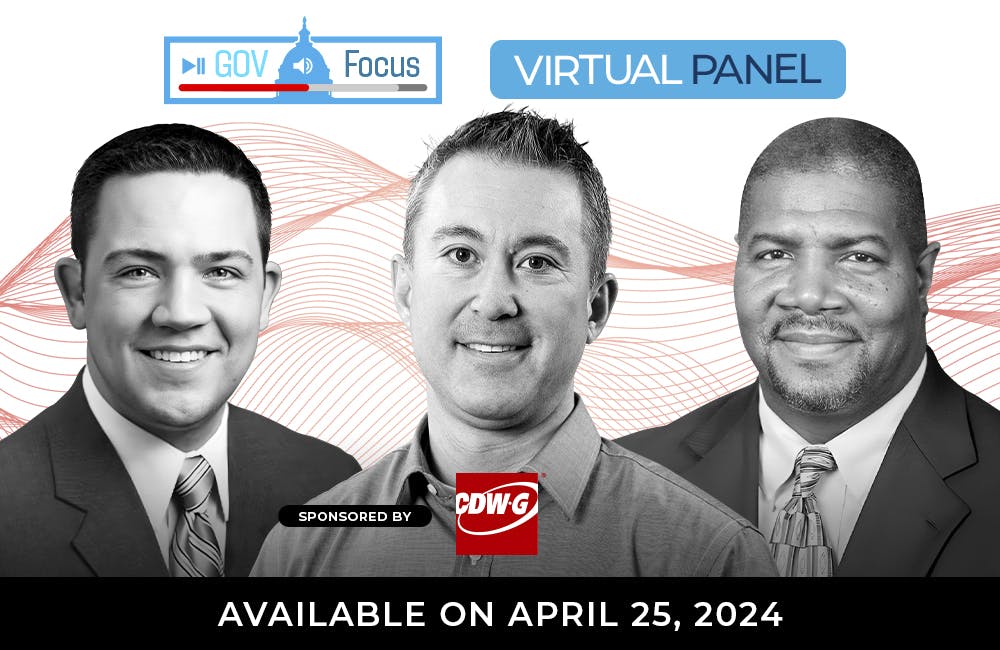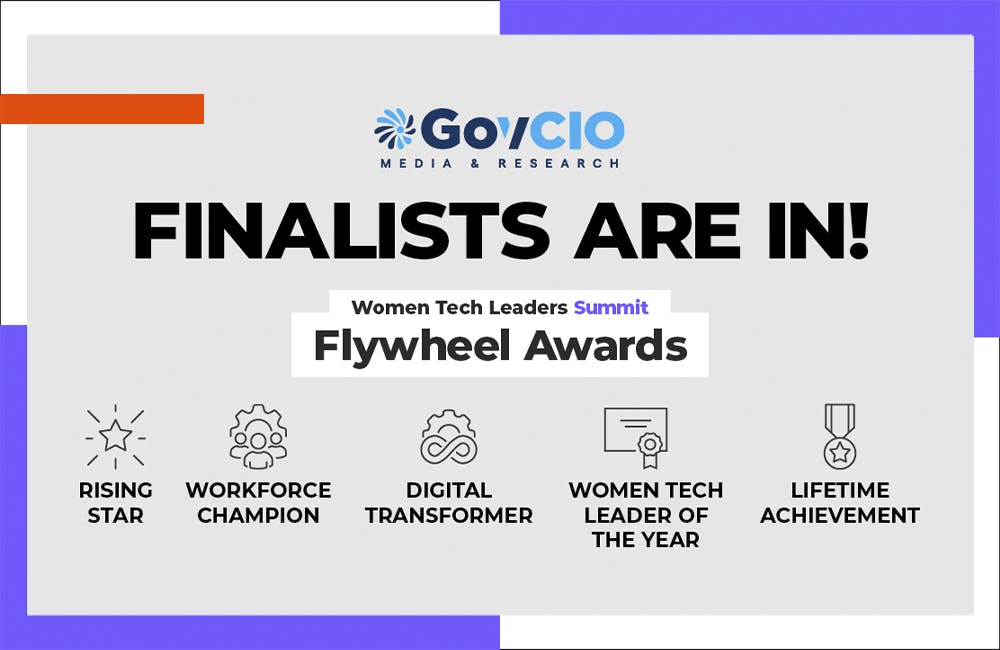GSA’s Centers of Excellence Spur Procurement Innovation
Acquisition leaders from the GSA discuss innovative approaches to connect procurement to mission.

When it comes to federal acquisition, the General Services Administration is not only the center for procurement, but also the chief innovator for acquisition innovation.
Deputy Associate Administrator for the Office of Information Integrity and Access Dan Pomeroy and Acquisitions Lead for the GSA Centers of Excellence Omid Ghaffari-Tabrizi spoke at the Acquisition Innovation CXO Tech Forum on June 20 to discuss some of the ways GSA is changing its procurement processes.
Pomeroy is involved with major IT initiatives across the federal government, from user credentialing policy to cloud and data center adoption and optimization.
“All of the different policies that come from the executive branch have a definite downstream impact on one or more of those programs,” he added. “There’s a strong procurement intercept there – every device has to be policy compliant.”
“One of the ways we support those modernization efforts at CoE is, in essence, trying to work ourselves out of a job,” Ghaffari-Tabrizi said. “Centers of Excellence should not exist. If we’re doing procurement properly, we shouldn’t have legacy systems. We shouldn’t be stuck with old systems that we’re spending more money on maintaining them than we are improving them.”
His office has been working to build modular contracts with end users to ensure future acquisitions are flexible and tied to the agency’s mission over rigidly following past frameworks.
Pomeroy welcomes the support the CoEs provide, adding, “it accelerates everyone’s timeline.” Shorter timelines force both the government and industry to “get down to brass tacks,” he said, and determine goals that can be met in weeks instead of months or years.
Ghaffari-Tabrizi underscored that he is part of “an office of three” for the GSA Centers of Excellence, encouraging collaboration and feedback from both the public and private sector to continuously improve the acquisition process.
A recent BPA (blanket purchase agreement) was “a wonderful example of how important working with industry to develop our solicitations really is,” he said. “We put all of our procurement documents on GitHub, and one of the things you can do is look at our…evaluation factors. It was feedback we got from small business that are specialists in key areas [on the RFI]…it said to come up with that challenge question and scenario question that relates to soft skills focused on getting stakeholder buy-in.”
The feedback helped his office rethink the standard acquisition process and instead mold the procurement documents to foster an outcome that better accomplished the agency’s objectives. “That entire process was built on industry feedback,” he said. “Tell me exactly what’s working and what’s not, because that’s the only way we can really learn.”
Even though Pomeroy is now on the “programmatic side” of GSA, he keeps aware of what the procurement side is doing. He highlighted the Procurement Innovation Resource Center (PIRC), as “a great resource to learn about commercial services openings, a non-FAR approach to purchasing activities, as well as the small business innovation research program.”
Even though the PIRC is intended for vendors, Pomeroy’s office has found it to be useful for improving their understanding of innovative approaches to acquisition as they shift away from traditional procurement methods. Ghaffari-Tabrizi added that only GSA and the Department of Defense are using the non-FAR approach, but it has been instrumental to introducing emerging technologies into both the civilian and military sides of government.
For those looking to engage with federal acquisition, Ghaffari-Tabrizi offered a couple of suggestions. First, “GitHub is a great place, whether you’re involved in the federal acquisition process or not,” he said. “That’s just general feedback – even if you’re not involved, I want to hear best practices in industry about how you go about procuring some of these new technologies.”
Second, for vendors breaking into providing products and services to federal agencies, “get yourself in the GSA marketplace,” he said. “Fast lane for Schedule 70 is one of the quicker ways, Springboard as well is another great way to fast track your entry into the federal marketplace.”
Finally, Ghaffari-Tabrizi recommended, “go to events like these, and find out where the winds are blowing…so you can align yourself to the solutions that government not only wants, but needs, and doesn’t know that they need.”
This is a carousel with manually rotating slides. Use Next and Previous buttons to navigate or jump to a slide with the slide dots
-

Transitioning Systems for Modern Agency Missions
IT modernization is a constant process necessary for improving customer service, mission delivery and collaboration.
-

CDC Updates Public Health Data Strategy
Accelerating data sharing through capabilities like electronic case reporting make up a large portion of the new two-year plan.
3m read -

Finalists Announced for Women Tech Leaders Flywheel Awards
The finalists for the Women Tech Leaders Flywheel Awards have been announced for the May 15 Women Tech Leaders Summit in Washington, D.C.
7m read -

Joint Navy-Air Force Simulator Expanding Digital Fighter Jet Training
A joint facility with the services wants to replicate its F-35 digital simulator technology across the Defense Department.
5m read








